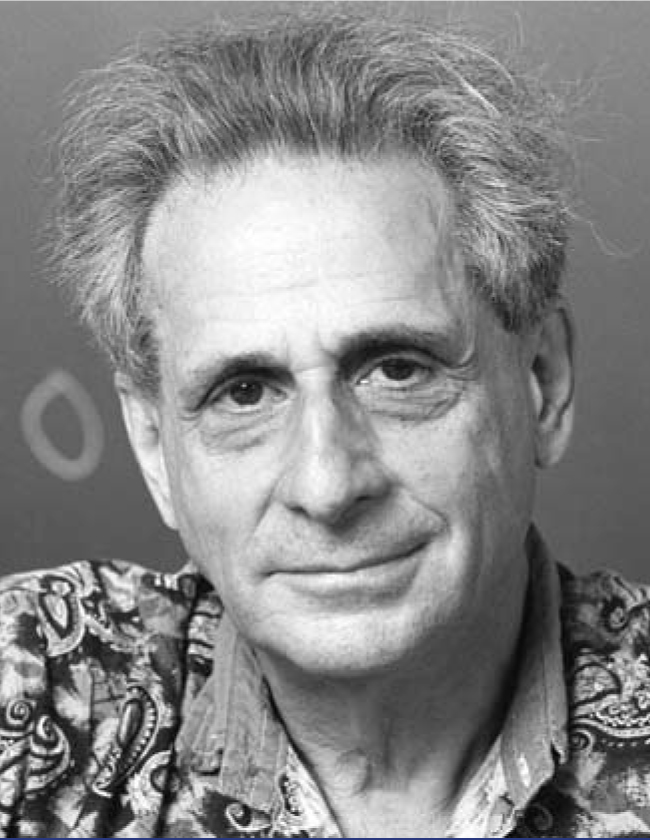Martin David Kruskal
DOI: 10.1063/1.2743135
Martin David Kruskal, one of the world’s preeminent applied mathematicians and mathematical physicists, died of a stroke on 26 December 2006. Martin’s work was imbued with asymptotic models of reality: from his early paper on Hamiltonian systems, to his derivation of the Korteweg–de Vries (KdV) equation, to his work on exponential asymptotics (asymptotics beyond all orders), and, late in his career, to his insights on the application of surreal numbers.
Martin was born in New York City on 28 September 1925 and grew up in New Rochelle, New York. After receiving his BS in mathematics from the University of Chicago in 1945, he received his PhD under Richard Courant and Bernard Friedman at the Courant Institute of Mathematical Sciences of New York University in 1952. His thesis was entitled “The Bridge Theorem for Minimal Surfaces.”
From 1951 to 1989, Martin worked at Princeton University, where he initially joined Project Matterhorn, now called the Princeton Plasma Physics Laboratory. A faculty member in the departments of astrophysical sciences and of mathematics, in 1968 he became the founding director of the program in applied and computational mathematics.
Project Matterhorn was devoted to research to produce controlled thermonuclear fusion. In the 1950s, with colleagues in the theory group, Martin made several seminal contributions, including the Kruskal–Shafranov instability, the Bernstein-Greene-Kruskal oscillation modes, and the magnetohydro-dynamic energy principle. These laid theoretical foundations for magnetically confined fusion and the emerging field of plasma physics. In 1960 he developed the relativistic Kruskal coordinates, also called Kruskal–Szekeres coordinates, to obtain well-behaved solutions away from the physical singularity, which are relevant to black holes.
Martin is most famous for his role in starting the “soliton revolution,” considered one of the great mathematical advances of the last half of the 20th century. In a pioneering computational simulation of the KdV equation, he and one of us (Zabusky) found nonlinear waves that behave in many ways like linear waves, which they termed “solitons.” This phenomenon provided the explanation that resolved the near-recurrence paradox, observed in computer simulations of a nonlinear latticeat Los Alamos by Enrico Fermi, John Pasta, and Stanislaw Ulam in 1955. Solitons are now known to be ubiquitous in nature, from physics to biology. Their unique properties make them useful for communications, such as in undersea fiber-optic cables. For this discovery, Martin and Zabusky shared the Howard N. Potts Gold Medal from the Franklin Institute in 1986.
In the mid-1960s Martin and his colleagues Clifford Gardner, John Greene, and one of us (Miura) devised an ingenious method to solve the KdV equation using quantum mechanical inverse scattering theory and isospectral properties of the energy levels in the time-independent Schrödinger equation. This method, later called the inverse scattering transform, has had a profound influence on pure and applied mathematics and led to the new mathematical field of integrable systems. Most nonlinear partial differential equations had previously been considered unsolvable. For this innovation, Martin and colleagues received the 2006 Leroy P. Steele Prize for a Seminal Contribution to Research from the American Mathematical Society.
With Zabusky, Martin co-directed the first International School of Nonlinear Mathematics and Physics, the seminal meeting for launching nonlinear and complex science as disciplines, in 1966. Werner Heisenberg and Ulam gave the keynote talks to the physics and mathematics schools, respectively.
In 1989 Martin joined the mathematics department at Rutgers University, where he held the David Hilbert Chair of Mathematics. He was an active member of the external advisory committee of the Center for Nonlinear Studies at Los Alamos in the late 1980s and early 1990s. He also was on the board of directors of the Committee of Concerned Scientists from 1979 until his death.
Among the many honors Martin received during his lifetime are the 1993 National Medal of Science awarded by President Bill Clinton, the 1994 John von Neumann Lectureship from the Society for Industrial and Applied Mathematics, the 1983 Dannie Heineman Prize for Mathematical Physics from the American Physical Society and the American Institute of Physics, and the 2003 Maxwell Prize from the International Council for Industrial and Applied Mathematics. He was awarded memberships in the National Academy of Sciences and the American Academy of Arts and Sciences and foreign memberships in the Royal Society of London, the Royal Society of Edinburgh, and the Russian Academy of Natural Sciences.
Martin’s passion for everything he did, including his research, was legendary. Colleagues understood that his day often began in the afternoon and ended in the early morning hours. Almost invariably, his research did not end with the proof but continued until the subject was clarified to his complete satisfaction.
In his later years, Martin wore his usual T-shirt, shorts, backpack, and “holsters.” His younger colleagues today would not have recognized him in the early days at Princeton, when he dressed conservatively, usually coming to work in a white shirt and slacks. And at seminars in those earlier days, he always sat in the back with his clipboard, absorbed in calculations. More recently, however, he would sit in the front row and bombard the speaker with questions and comments.
Martin mentored generations of younger scientists, and he continued teaching and publishing until the end of his life. He was known for his yearly participation in numerous summer conferences, and his itineraries took him to places of nonlinear focus around the planet. He is also known among magicians for his invention of a card trick called the “Kruskal count.” In his youth he enjoyed mental skill games, and in his later years, he enjoyed hiking and shared with Laura, his wife of 56 years, their mutual love of origami.

Martin David Kruskal
Nick Romaneniko/Rutgers University

More about the Authors
Norman J. Zabusky. 1 Weizmann Institute of Science, Rehovot, Israel .
Robert M. Miura. 2 New Jersey Institute of Technology, Newark, US .
